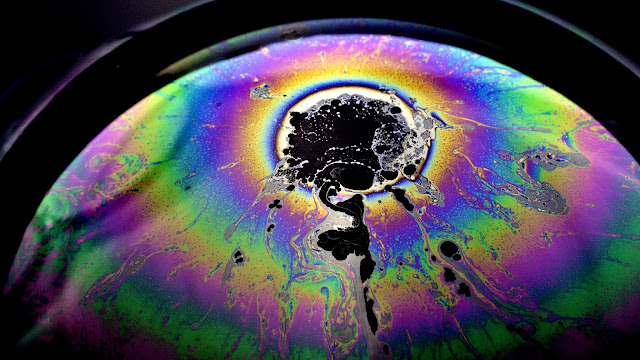PhdPro
People use them to get cars, dishes and clothes clean. Children blow them for fun. And now, a University of Mississippi physicist thinks soap bubbles can help scientists better understand the properties of black holes.
Vitor Cardoso, a postdoctoral research associate in the UM Department of Physics and Astronomy, specializes in studies of black holes, mysterious objects in space that have intrigued astronomers and science fiction writers alike for decades. He and Oscar Dias, a postdoctoral fellow at the Perimeter Institute in Canada, collaborate on new projects examining the objects.
“Evidence for a membrane-like behavior of black holes has been known for two decades, in work pioneered by Kip Thorne and his colleagues,” said Cardoso, who came to UM last fall. “This membrane paradigm approach makes calculations easier.”
Cardoso and Dias have extended and strengthened this analogy. Their combined efforts show that by endowing the membrane with surface tension – the force that holds soap bubbles together – one can reproduce many phenomena, which up to now could be studied only through series of complex computations.
The duo has been applying the membrane paradigm to their study of “black strings,” which are long and thin black holes. The researchers showed these black strings break into smaller fragments, just as water dripping from a faucet breaks into small droplets.
“What’s most amazing to me in our results is how such a complex system of equations such as Einstein’s can be modeled so well by fluids with surface tension, like soap bubbles,” Dias said. “I was stunned when I saw how good the match was.”
Cardoso and Dias recently had an article on their theory accepted for publication in Physical Review Letters, journal of the American Physical Society. The paper, “Gregory-Laflamme and Rayleigh-Plateau Instabilities of Black Strings,” runs in the May 12 issue.
In space, black holes are created when very large stars burn most of their hydrogen and collapse, developing a gravitational power so strong that even light can’t escape their grip. Even more massive ones are seen at the center of most galaxies.
While the very dense “hole” is pulling more matter into it, devouring it and becoming ever-larger, scientists also believe it is evaporating at the same time.
“Soap bubbles seem to be a good tool to understand black holes,” Cardoso said. “Many important features of black holes may help us understand more deeply the physics behind Einstein’s theory.”
Source: University of Mississippi


